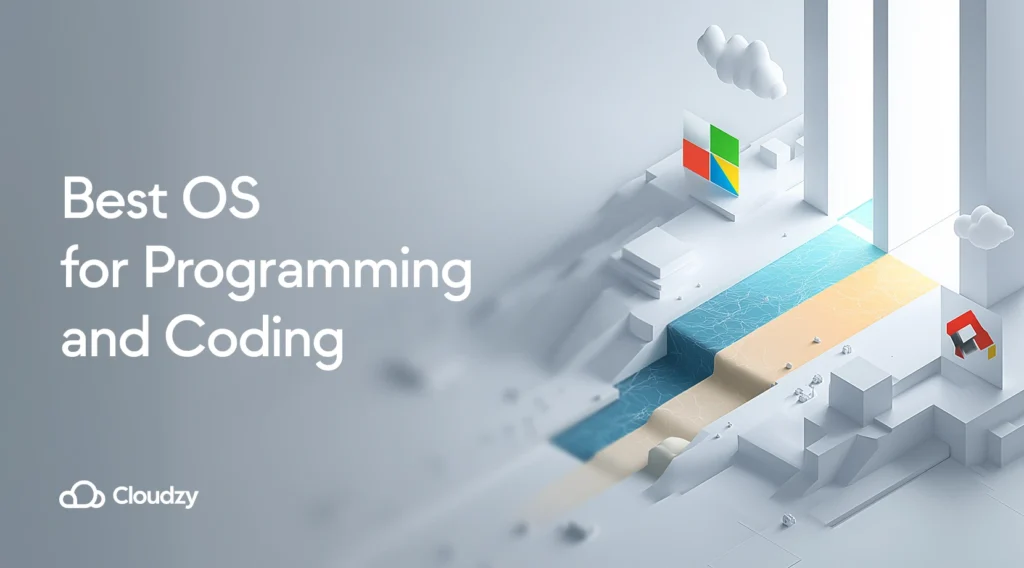Choosing the best OS for programming isn’t about following some tech influencer’s advice anymore. Your operating system choice determines which tools actually work, whether your deployments will break at 2 AM, and if you’ll spend weekends troubleshooting compatibility nightmares instead of shipping features.
I’ve been switching between all three platforms since 2018, and each one has moments of brilliance mixed with moments that make you question your career choices. Finding the best OS for programming requires matching your reality to what actually works for your specific situation.
Does Operating System Matter for Programming and Development?
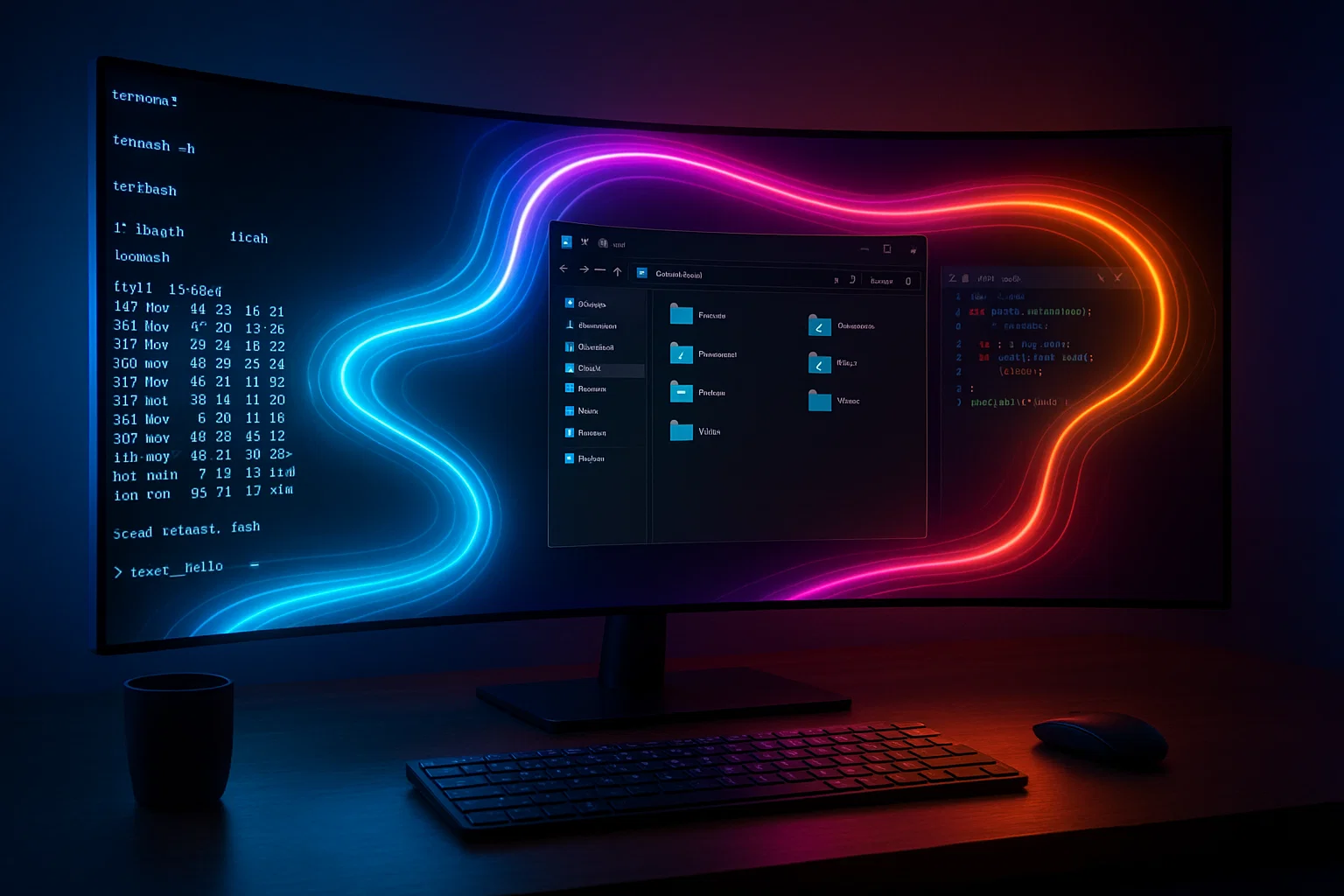
Your operating system choice affects your programming experience more than most developers realize until they hit a wall. The best OS for coding determines whether you spend your morning writing code or googling why your environment broke overnight after an automatic update.
Development Tools Impact Your Workflow
Different operating systems offer vastly different sets of development tools, IDEs, and libraries. Take Visual Studio IDE – it provides comprehensive tooling with support for over ten programming languages, but Microsoft built it exclusively for Windows. This creates hard limitations that you can’t work around, no matter how clever you think you are.
The question of which OS is best for programming often gets decided by these platform locks before you even start comparing features. I learned this the frustrating way when trying to debug a .NET Core application on my MacBook – sure, the code ran, but the debugging experience felt like working with one hand tied behind my back.
Language Support and Hardware Compatibility
Most programming languages work across platforms, but some don’t play nice everywhere. Windows doesn’t ship with a built-in C compiler, unlike Linux systems. You have to install additional tools like MinGW for C development, which seems simple until you encounter path issues and permission errors that eat up your Saturday afternoon.
For specific hardware programming, you need compatible OS options. Embedded systems development requires specialized operating systems with the right drivers and libraries. There’s no workaround when the hardware vendor only supports one platform.
Community Support and Platform Requirements
The programming community tied to your chosen OS becomes your lifeline when things go sideways at 11 PM before a deadline. This factor matters more than most people admit when selecting which OS is best for programming.
Your development target directly affects OS selection in ways you can’t negotiate. iOS app development requires macOS exclusively – Apple enforces this for App Store submissions. Game developers gravitate toward Windows because of DirectX compatibility and the simple fact that most gamers use Windows.
Windows vs macOS vs Linux Overview

Before diving deep into each platform, here’s what you need to know about the best OS for programming options available in 2025:
- Windows – Dominates enterprise development with Visual Studio IDE and WSL2 for comprehensive development workflows.
- macOS – a Unix-based system essential for iOS development with Xcode and premium hardware optimization.
- Linux – Open-source platform offering complete customization and superior package management for web development.
The best OS for developers ultimately depends on your target platforms, development tools, and workflow preferences.
Now, let’s kick things off with Windows — here’s why it dominates enterprise development.
Windows for Programming: Pros, Cons, and Best Use Cases
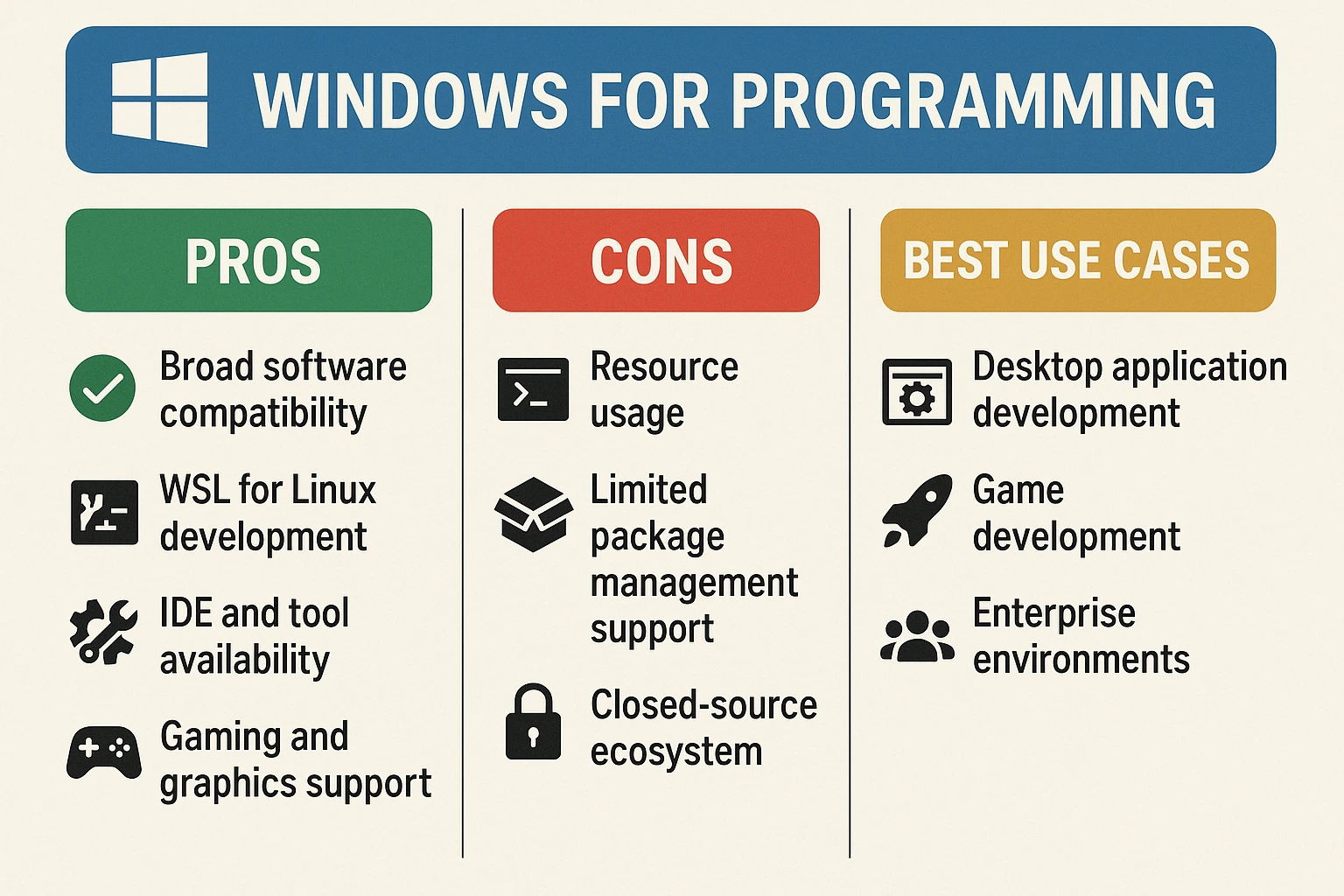
Windows dominates corporate development environments, and there are solid reasons why. Microsoft’s comprehensive development ecosystem includes extensive development tools, particularly Visual Studio IDE, which offers debugging capabilities that make other platforms feel primitive by comparison.
The user-friendly interfaces work well for beginners, but experienced programmers appreciate the depth too. I’ve watched senior developers who swore by Linux reluctantly admit that Visual Studio’s debugger just works better for complex enterprise applications.
Visual Studio IDE and .NET Development Excellence
Visual Studio IDE provides debugging with breakpoint management, variable inspection, and call stack analysis that work smoothly across complex enterprise applications. When you’re debugging a multi-threaded application with database connections and web service calls, these tools become essential rather than nice-to-have.
Windows serves as the best operating system for programming .NET applications because Microsoft optimizes the entire toolchain for Windows first. You can develop .NET on other platforms now, but the experience feels like a translation rather than the original.
Windows Presentation Foundation (WPF) offers specialized UI tools that integrate tightly with .NET libraries. For desktop applications targeting Windows users, this combination remains unmatched.
Web and Gaming Development Leadership
ASP.NET enables developers to create dynamic web solutions, including APIs, using event-driven interaction models. The integration with Visual Studio means you can set breakpoints in your web application and step through server-side code while the browser runs – something that took me years to properly appreciate.
Windows for game development provides DirectX API access and comprehensive multimedia frameworks. Unity and Unreal Engine run on multiple platforms, but they were designed with Windows in mind. DirectX gives Windows developers advantages that OpenGL alternatives struggle to match, particularly for performance-critical applications.
Performance and Linux Integration
Windows supports multi-threading and parallel processing efficiently, though resource usage can bloat compared to Linux. Windows Subsystem for Linux (WSL) changed the game by providing complete Linux environments within Windows 11.
WSL lets you maintain Windows application compatibility while accessing Linux development tools and package managers. It’s not perfect – file system performance between Windows and Linux can be sluggish – but it eliminates the dual-boot headaches that used to plague Windows developers who needed Unix tools.
macOS for Developers: When to Choose Apple’s Platform
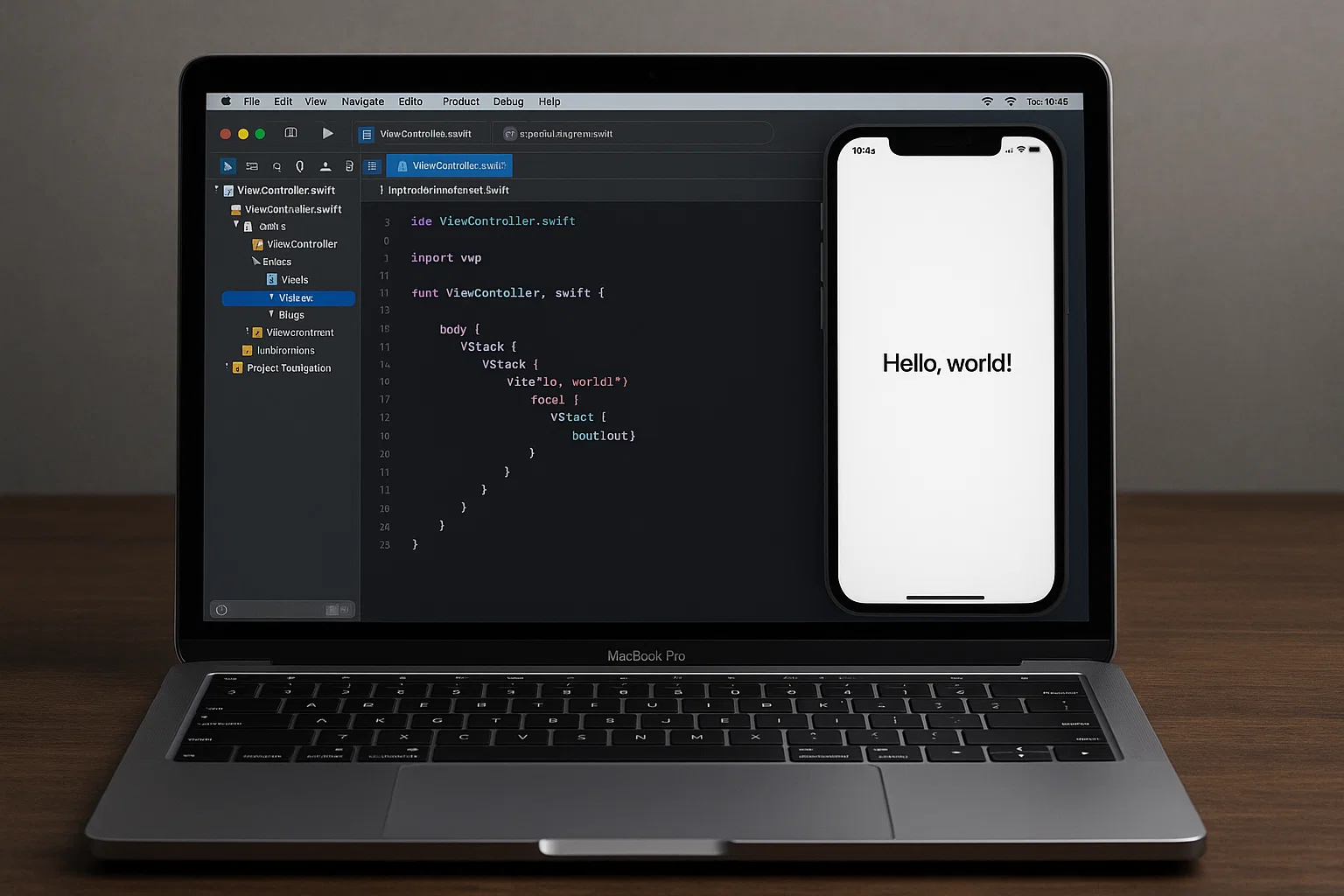
Unix-based macOS attracts programmers who want Unix power without Linux’s hardware compatibility issues. Built on BSD Unix foundations, macOS provides the Unix operating system as its core while Apple handles the hardware integration headaches.
The premium price creates a barrier, but the hardware-software integration delivers performance that generic hardware struggles to match. My 2019 MacBook Pro still compiles large codebases faster than most Windows laptops from 2023, though your mileage may vary depending on your specific development tasks.
Terminal and Development Tools Excellence
The Unix-based foundation matters for developers who live in command-line environments. MacOS terminal runs standard Unix commands and scripts without the permission wrestling matches you encounter on Windows. The difference becomes apparent when you’re managing environment variables or running shell scripts that handle file permissions.
Xcode iOS development requires macOS exclusively, and Apple enforces this requirement strictly. No virtual machines, no hackintosh setups work reliably for production iOS development. Apple’s Xcode environment supports multiple programming languages for developing macOS, iOS, and watchOS applications with debugging tools that rival Visual Studio’s capabilities.
Backend Development and Performance Advantages
Apple provides backend development tools, including the Swift programming language and the Vapor framework. Vapor handles server-side Swift development for web APIs and applications. The combination of Vapor, Swift, and Xcode creates cohesive development workflows, though Swift adoption outside Apple’s ecosystem remains limited.
Unix-based macOS running on Apple hardware creates integration that results in better performance per watt than most alternatives. Multi-threading, parallel processing, memory management, and graphics rendering work smoothly because Apple controls both hardware and software layers.
Homebrew on macOS installs development tools cleanly without the dependency conflicts that plague other package managers. Apple’s documentation includes comprehensive guides and tutorials, backed by community support that rivals Linux distributions.
Linux for Programming: Why Developers Prefer Open Source
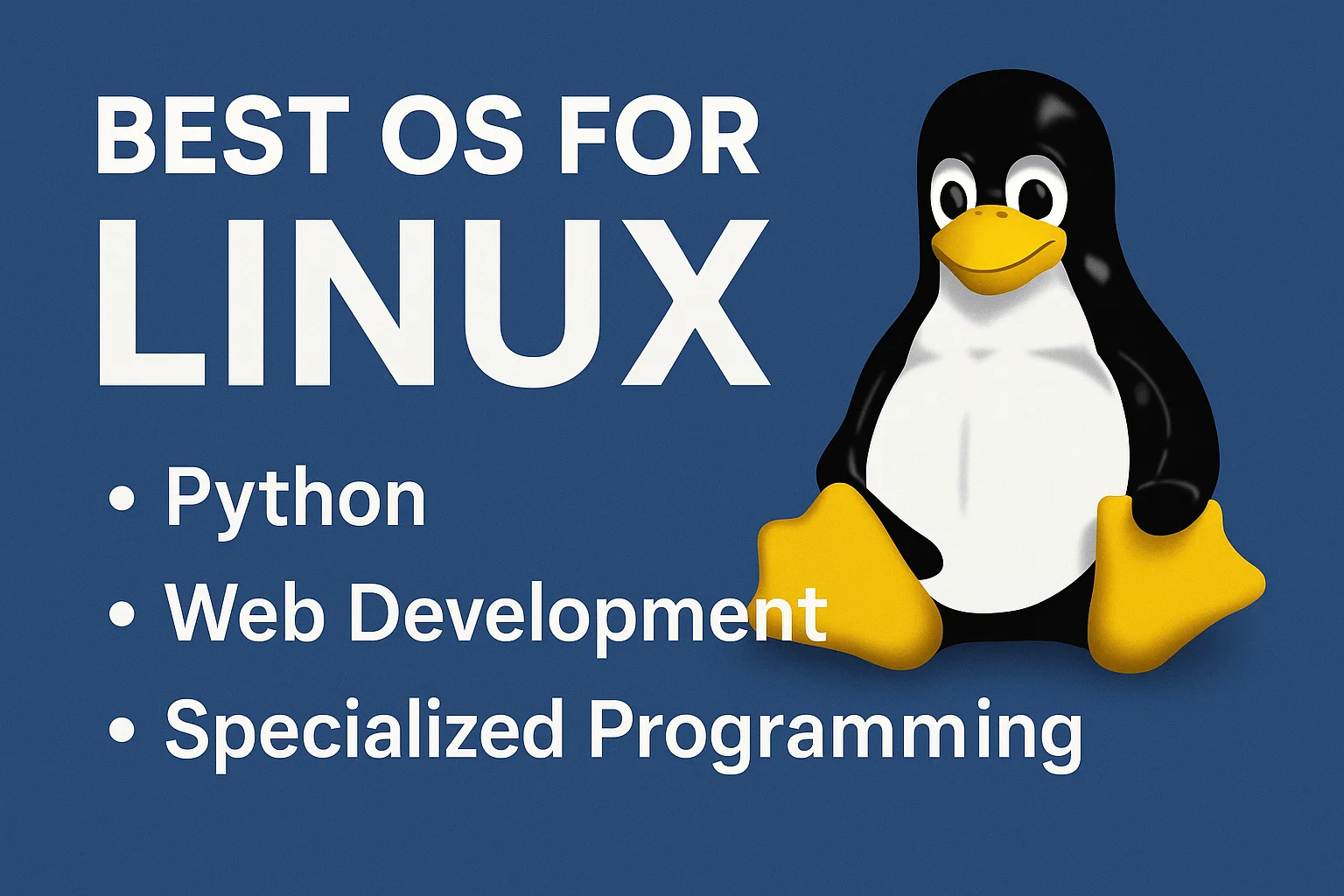
Linux stands as the only major open-source operating system, created by Linus Torvalds and maintained by global developer communities. The open-source nature drives technical capabilities and security advantages that proprietary systems can’t match.
Free licensing appeals to developers, but the real advantage lies in complete system control. You can modify virtually everything, from the kernel to the desktop environment. This flexibility becomes crucial when you need custom configurations for specific development tasks.
Security, Performance, and Customization
Linux security benefits from continuous review by programmers worldwide who identify and fix vulnerabilities quickly. This collaborative approach makes it unlikely that security issues remain hidden for extended periods. Linux for servers dominates web hosting and cloud infrastructure partly because of these security advantages.
Resource efficiency sets Linux apart from alternatives. Most distributions maintain lightweight footprints that allocate maximum system resources to your development tasks rather than operating system overhead. A Linux system with 4GB RAM can outperform Windows systems with 8GB for many development workflows.
Complete customization freedom means you control your development environment entirely. Most distributions let you modify system components, install alternative desktop environments, and configure kernel parameters. This level of control attracts developers who need specialized setups for performance testing or embedded development.
Package Management and Development Environment
Linux package managers like apt, yum, and pacman resolve dependencies automatically while maintaining clean system configurations. These systems work more reliably than Windows package managers because they were designed for software distribution from the beginning rather than bolted on later.
Most web applications deploy to Linux servers, so local Linux development environments mirror production deployments exactly. This alignment eliminates the “works on my machine” problems that plague mixed-platform development teams. Docker containers originated on Linux and perform optimally here, supporting modern DevOps workflows without platform translation layers.
For specialized development needs, Debian VPS hosting provides enterprise-grade stability, while Python VPS environments offer optimized configurations for data science workflows.
| Feature | Windows | macOS | Linux |
| Best For | Enterprise, Gaming | iOS Development | Web Development, Servers |
| Learning Curve | Easy | Moderate | Steep |
| Cost | License Required | Expensive Hardware | Free |
| Customization | Limited | Very Limited | Complete Control |
| Performance | Good | Excellent | Excellent |
| Developer Tools | Visual Studio | Xcode Required | All Open Source |
The three major operating systems each excel in different areas, and your programming specialization often determines the best choice more than personal preference.
Need help deciding between hosting options? Compare Linux VPS or Windows VPS solutions to find the perfect development environment that matches your programming workflow and deployment requirements.
Best Linux Distros for Programming: Ubuntu vs Debian vs Fedora

The best Linux distro for programming should have strong community adoption within your field for troubleshooting resources and frequent updates that provide bug-free versions with newer features. Popular distributions offer better documentation and more third-party software support.
Ubuntu: The Developer-Friendly Choice
Ubuntu balances user-friendliness with professional development capabilities through security, stability, and performance optimization. The Ubuntu Software Center provides extensive free tools and applications that install cleanly without dependency conflicts.
Ubuntu’s popularity among developers means better hardware support and more comprehensive documentation compared to niche distributions. Corporate backing from Canonical ensures regular security updates and long-term support versions.
System Requirements for Ubuntu:
- 2 GHz CPU
- 4 GB RAM
- 25 GB disk space
For cloud-based development environments, Ubuntu VPS solutions provide professional development capabilities with global accessibility.
Fedora: Cutting-Edge Development Features
Debian vs Fedora vs Ubuntu comparisons highlight Fedora as featuring the newest capabilities and up-to-date software packages. Red Hat’s backing provides enterprise-quality testing while maintaining cutting-edge features that other distributions adopt later.
Fedora’s developer portal includes detailed guides for hardware programming, including Arduino development, plus support for top-level IDEs like Eclipse with minimal configuration effort.
System Requirements for Fedora:
- 2 GHz CPU
- 4 GB RAM
- 20 GB disk space
Debian: Rock-Solid Stability Foundation
Community-driven Debian maintains exceptional stability through rigorous testing procedures that ensure reliable, bug-free operation. Every update undergoes extensive testing before release, making Debian attractive for production environments where stability matters more than cutting-edge features.
System Requirements for Debian:
- 1 GHz CPU
- 1 GB RAM
- 10 GB disk space
Best OS for Python, Web Development, and Specialized Programming
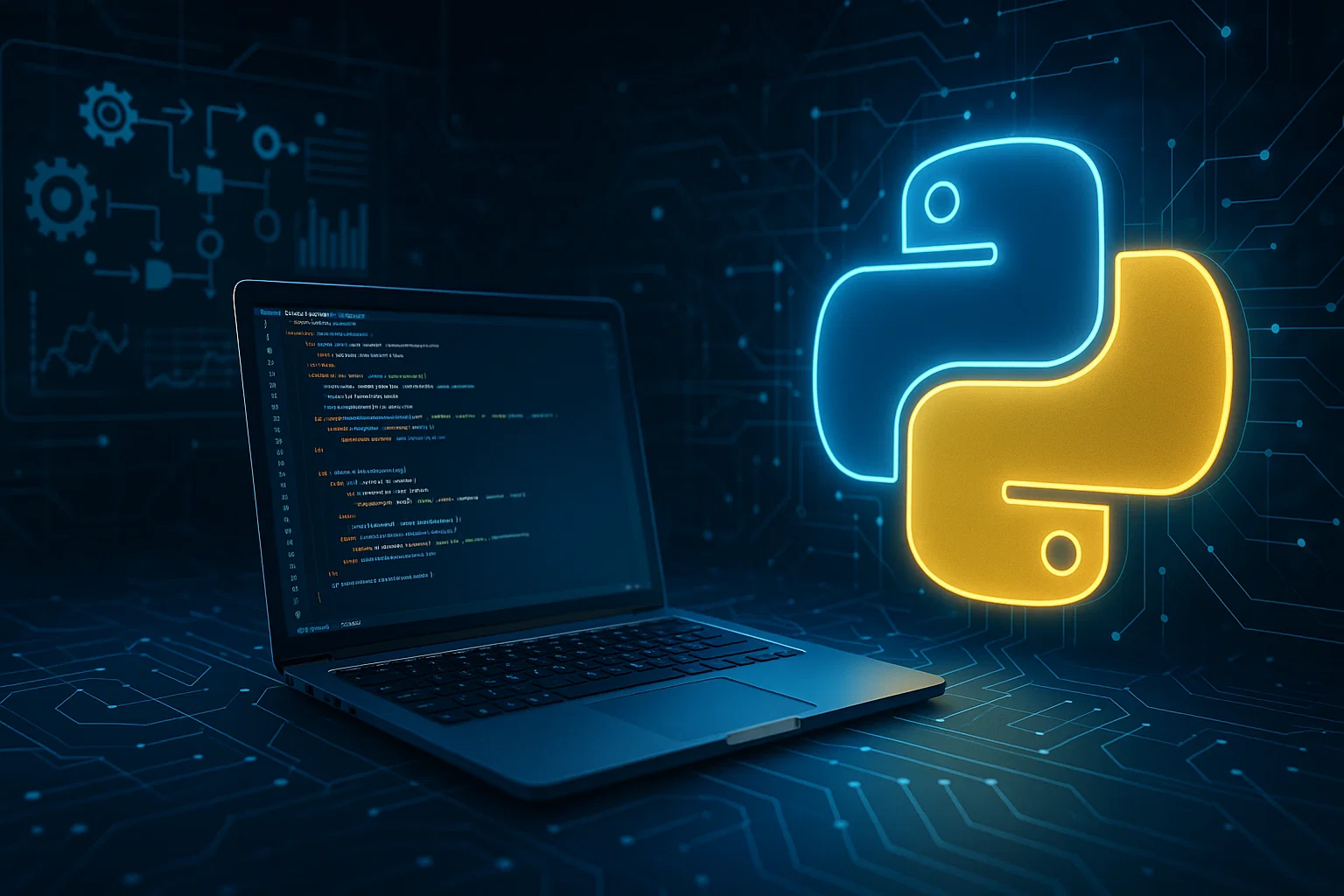
The best operating system for coding varies significantly based on programming domains and deployment targets. Different fields require specific OS capabilities and tooling ecosystems that work better on particular platforms.
Python and Data Science Development
The best OS for Python development typically involves Unix systems because package management encounters fewer permission issues and path complications. Linux and macOS provide superior environments for Python workflows through native Unix environments and reliable pip package management.
Python’s scientific computing libraries like NumPy and SciPy compile more reliably on Unix systems. Windows Python development works but requires additional setup steps and occasionally encounters compilation issues with native extensions.
AI and Web Development Workflows
AI development requires operating systems that support machine learning frameworks like TensorFlow and PyTorch effectively. Ubuntu demonstrates excellent capabilities for AI development because of framework compatibility, GPU driver support, and extensive community documentation.
The best OS for web development often becomes Linux because production web servers predominantly run Linux distributions. This alignment reduces deployment complexity and eliminates environment inconsistencies that cause production bugs.
For deployment insights, check our guide on Linux vs Windows hosting. For local development optimization, explore our best server OS selection guide.
DevOps and Container Development
Linux excels for DevOps workflows because most production containers run Linux distributions. Container orchestration platforms like Kubernetes were designed for Linux environments first. This makes Linux essential as the best OS for web development in modern DevOps environments where containerization dominates deployment strategies.
For deployment optimization, explore our Maven commands reference for comprehensive project management workflows.
Cloud vs Local Development: VPS and Remote Programming Setup

Remote development reduces local OS dependencies significantly by moving development workloads to cloud infrastructure. Cloud-based development environments make the best OS for programmers less dependent on local machine specifications and hardware limitations.
Cloud development works particularly well for teams using different local operating systems but deploying to consistent server environments. You can develop on Windows locally while running code in Linux containers that match production exactly.
Consider Windows VPS solutions for enterprise development teams, Linux VPS environments for web development workflows, or Ubuntu VPS hosting for comprehensive development capabilities.
For stable testing environments and reliable cloud infrastructure, Cloudzy’s Python VPS provides optimal cloud-based solutions with zero latency, root access, and AI-powered DDoS protection for 24/7 connectivity and enterprise security.
Programming Career Impact: Cross-Platform Skills and Job Market
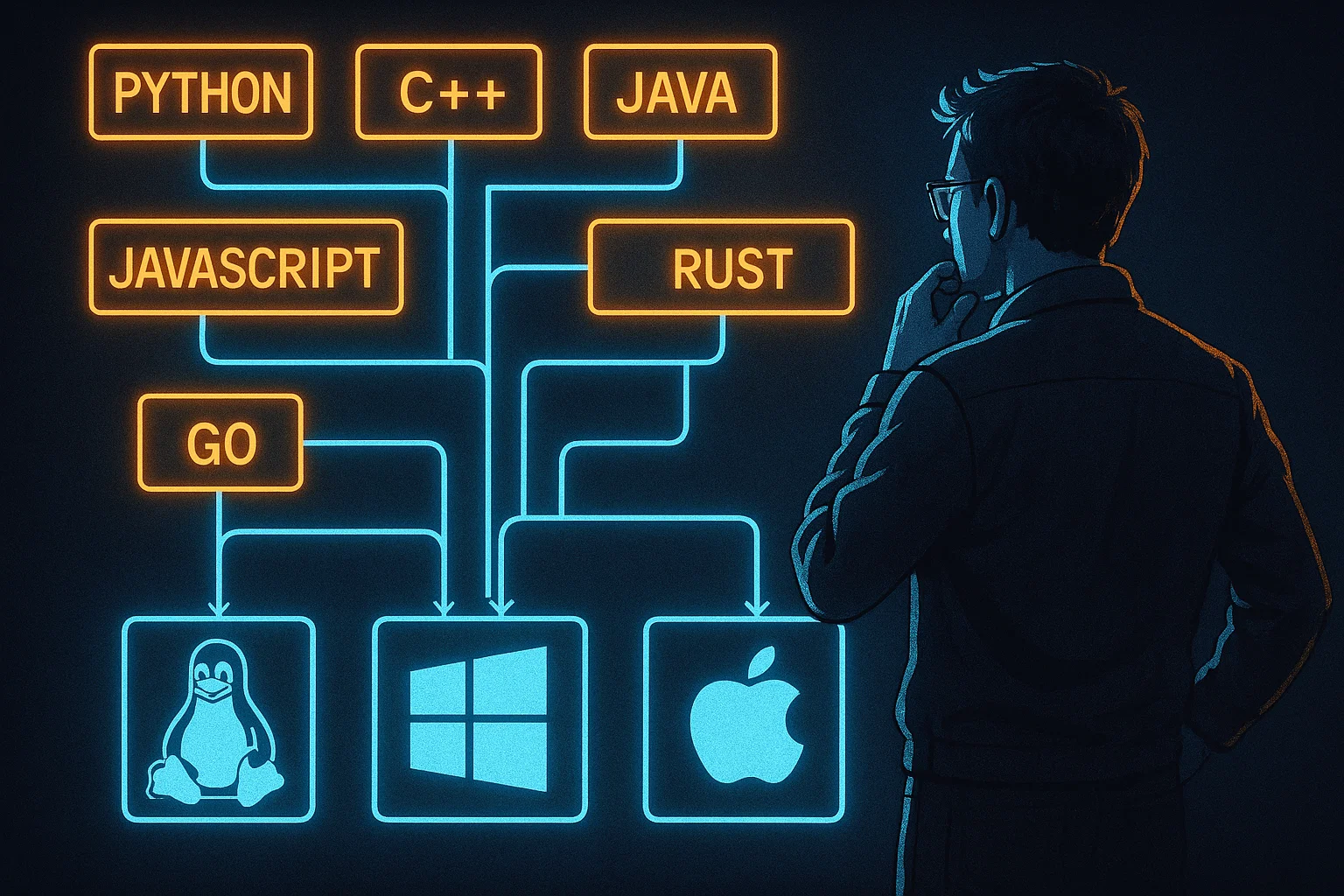
Understanding which OS is best for programming across various contexts enhances professional versatility and career opportunities. The best OS for programmers often depends on team standards, project requirements, and target deployment platforms more than individual preferences.
Modern developers benefit from understanding the OS for programming choices across enterprise and open-source environments. Companies often standardize on specific platforms for security and support reasons, making cross-platform familiarity valuable for career flexibility.
For comprehensive development workflows, explore our code review tools guide and understand how different operating systems integrate with professional development practices.
Conclusion
The best OS for programming depends on your development focus, target platforms, and workflow requirements. Windows 11 excels in enterprise development with improved Linux compatibility through WSL2. macOS provides essential tools for Apple platform development with premium Unix experiences. Linux distributions offer unmatched flexibility, performance, and open-source advantages for web development and server-side programming.
Consider your programming domain, budget constraints, and long-term career goals when making this decision. The best operating system for developers balances productivity tools, platform compatibility, and team collaboration requirements. Many successful developers gain proficiency across multiple operating systems, adapting their choice based on project requirements and team environments.
For scalable development environments supporting all major programming workflows, explore Linux VPS hosting solutions that provide pre-configured development environments with professional support and global accessibility.
